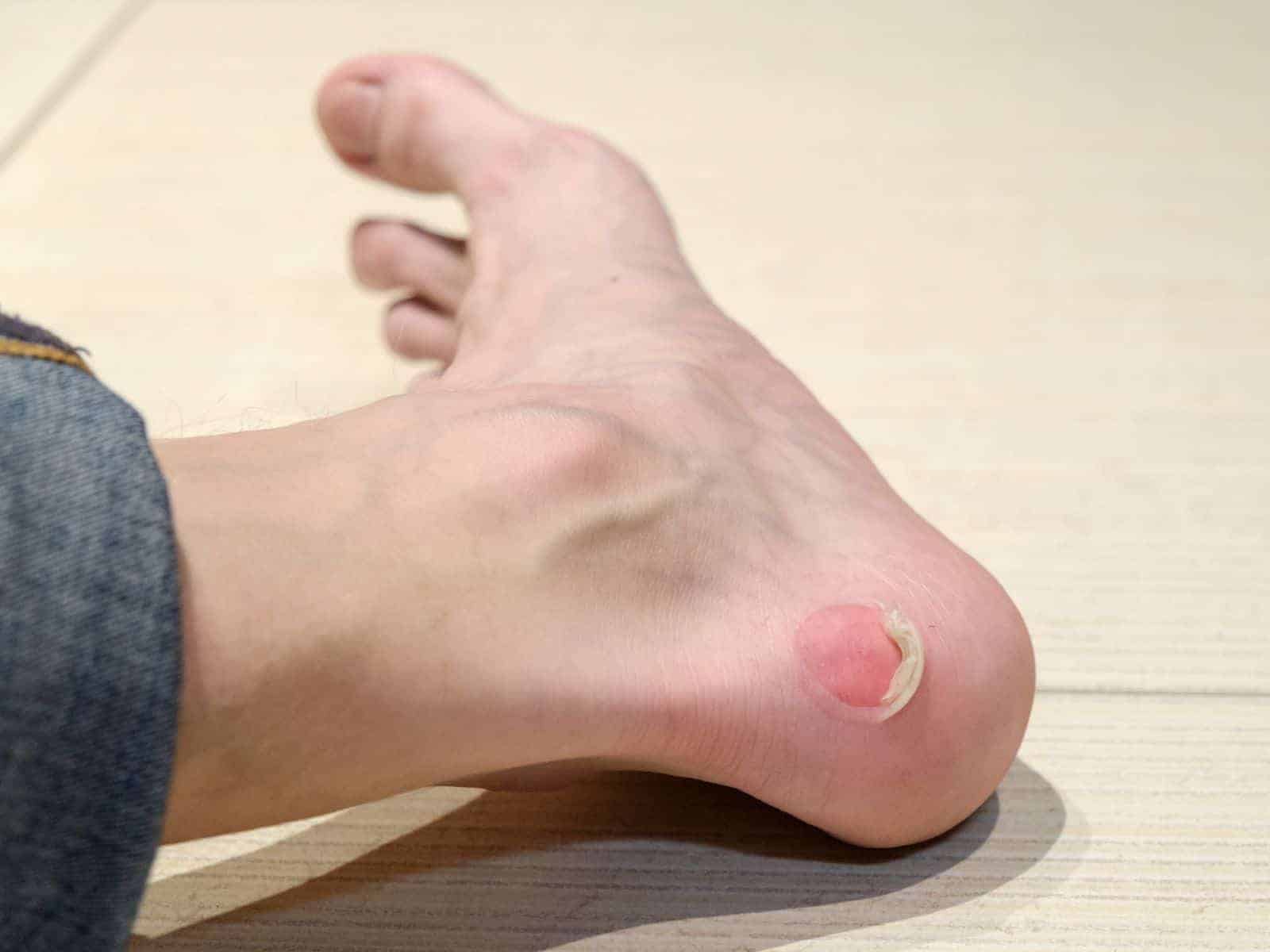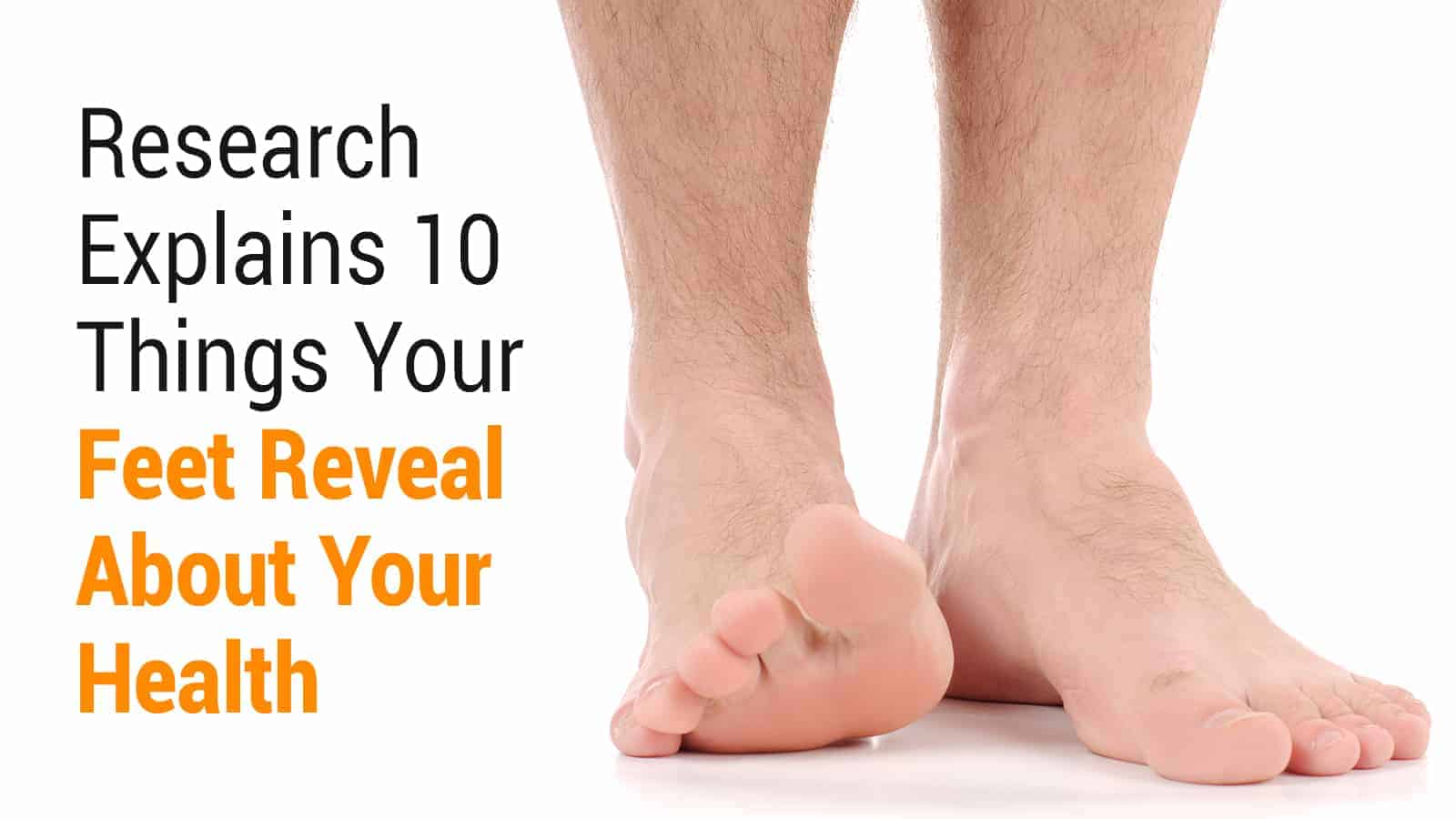There’s nothing like limping around with a sore foot or blisters on your feet. It makes walking and other activities challenging, which can dampen your mood. How can you prevent this common foot condition or treat it naturally? Here are six steps to consider.
Six Tips for Preventing Foot Blisters
Because, as the adage says, an ounce of prevention is better than a pound of cure.
1. Wear the Right Shoes
One of the leading causes of painful foot blisters is people wearing shoes that don’t fit properly. Those cute little high heels may look great in the store, but they can cause misery for your feet. How many times have you buckled under the pressure of fashion and worn ill-fitting shoes just because you wanted to make a statement?
If you want to prevent blisters and other painful foot conditions, always wear the right shoes. Avoid buying shoes without trying them on and walking in them to see how they fit. A properly fitted shoe should be the right length and width, and it should support your arch comfortably.
Avoid shoes that crush your toes to an unbearable point. If your shoes are too big, the backs can rub against your heel causing sores. Consider having your feet professionally measured for proper fit each time.
2. Your Socks Make a Difference
You know that going barefoot or wearing shoes without socks can result in sores and all sorts of bothersome foot conditions. However, you can get foot blisters even when you are wearing socks if you don’t wear the right kind.
Conventional wisdom says that socks made of 100 percent cotton will allow your feet to breathe. Unfortunately, cotton socks retain moisture from foot sweat and can make your feet more prone to blistering. Instead, buy quality blended socks of the right thickness for your shoes.
If you are hiking or running, you may consider wearing two pairs of socks to protect your feet from friction. Many sock brands are made from a material that minimizes moisture so that they can be your feet’s best friend. Toss any worn socks or those with holes into the rag bag.
3. Keep Your Feet Lubricated
Think of your hard-working feet as machines. The reason you keep your tools, car, or other machines lubricated is to prevent friction from causing damage. If your feet are cracked and dry, they are more apt to get hot spots that turn into foot sores.
Before you put on your socks, give your feet a healthy rubdown with a rich, moisturizing lotion. Pay close attention to problematic areas, such as the soles of your feet and around your heels. The sides of your big and little toe are also prime targets for blisters, so slather on the moisturizer.
4. Dry Feet are Happy Feet
Dry and flaky feet can cause problems, but you don’t want them to be damp either. If you have chronic foot sweating, it may cause your feet to rub against your socks and shoes and create blisters. While you should moisturize your feet, you should also keep them cool and dry.
Be sure to dry your feet well after a bath, shower, or swimming. Don’t forget to dry well between your toes where moisture tends to hide. Sprinkle a little cornstarch on your feet to absorb extra moisture and odor.
5. Be Aware of Hot Spots
Everybody’s feet are different, and you know where your vulnerable areas are located. Have you ever noticed hot spots on your feet? It’s a warning to act before this spot turns into an irritating blister.
When you notice one of these flare-ups, stop what you are doing, and take some preventative measures. Are you wearing the right shoes, or are your socks a problem? Sometimes, putting a bandage over the hotspot will keep it secure until you change your socks or shoes.
6. Cover Hot Spots Before Activities
Even though most people’s feet have thick skin for protection, you can get hotspots no matter what precautions you take. If you already know the problematic areas that usually get tender and sore, you can minimize pain and discomfort by covering them beforehand.
Moleskin is an excellent protective material for hotspots on your feet. It is a heavy cotton material that is velvety soft and self-adhesive. It can be cut to any size to fit target areas of your feet, even on the sides.
Self-adhesive bandages also make suitable barriers on your feet. You may even consider gel bandages that protect potential hotspots while giving them a little extra cushion. Find the type of dressing that works best for you.
Helpful Ways to Treat a Foot Blister
So, you decided to rock those stilettos or adorable strap sandals and ended up with a bothersome footsore. They can appear anywhere on your foot, usually in the same areas you notice hotspots. These sores may be a small nuisance, or they can be larger and cause so much pain that walking becomes difficult.
The good news is that most sores on your feet will go away in a few days with the right treatment. Did you rub one on your foot and want to know how to take care of it? Try these simple suggestions.
1. Avoid Popping
No matter how great the temptation, try not to pop a blister that’s formed on your foot. Cover it loosely with a gauze bandage. Gauze is breathable and doesn’t risk sticking to the blister as a self-adhesive bandage would.
2. Keep it Clean
When a blister hasn’t popped, its thin membrane of skin keeps out bacteria and dirt that could cause infection. Gently wash around the blister and try not to pop it. However, if your blister does tear open, clean the fluid away gently and cover it with a gauze bandage.
3. If You Must Pop
There are times when a foot blister is large, and popping it is unavoidable. You should not pop it on your own. But if you cannot resist the urge, be sure to use precautions to avoid infection. First, use alcohol to rub on a sharp sewing needle to sterilize it. Carefully lance the edge of the blister to allow the fluid to drain and relieve the painful pressure.
After the fluid is drained, gently wash the area with mild soap and water. Usually, the thin membrane of the skin will collapse on the raw skin underneath the blister. Allow it to stay there to be a protective barrier while the sore heals and apply some antibacterial ointment with a cotton swab.
If your blister drains a yellowish-green discharge or is unusually painful, consult your primary healthcare provider as soon as possible.
But… What if You Already Have Blisters? Here’s How to Fix Them
1. Aloe Vera
For thousands of years, people from all over the globe have used gel from aloe vera plants to soothe and heal burns and other skin conditions. It’s a natural moisturizer that can keep the skin around your blister cool and hydrated while it heals.
2. Green Tea Soak
Did you know that your favorite tea can help calm and heal your blistered feet? Green tea is loaded with antioxidants that can protect skin cells from free radicals and promote healing. Prepare a warm foot bath with green tea and soak your feet in it for 15-20 minutes.
3. Tea Tree Oil
Tea tree oil is an ideal remedy because it is a potent antibacterial and antifungal. It is also an astringent, which means it can help dry up the blister naturally. Use a cotton swab to apply tea tree oil on your blister until it heals.
4. Salt Bath
A warm, comforting salt bath can not only promote healing for blisters on your feet but is beneficial for your skin and can help you relax. Pour a fourth cup of sea salt into a gallon of warm water and soak your feet in it for about 15-20 minutes. Be sure to rinse and dry your feet well afterward.
5. Apple Cider Vinegar
Maybe you already know about the countless health benefits that apple cider vinegar provides. It’s a natural astringent and antibacterial that is safe for most people’s skin. Dab a little apple cider vinegar on a cotton swab and gently apply to the blister.
6. Thyme for Garlic Remedy
Did you know that some of the most potent natural healers are right in your pantry and spice drawer? Thyme is not only a renowned disinfectant, but it is also a natural inflammatory that can promote healing to sores on your feet. Garlic is also a powerful antibiotic that protects your blisters from becoming infected as they heal.
In a medium stockpot over medium-high heat, bring a gallon of water and a small bunch of fresh thyme to a rolling boil. Remove the pot from the stove and allow the water to cool enough to be safe to the touch. Meanwhile, crush four cloves of garlic and wrap it in a sterile gauze bandage.
Soak your feet in the warm thyme water for about 20-30 minutes, then dry your feet well. Discard the garlic and apply the infused bandage to the blister-affected area. Keep the dressing on for about 15 minutes, then remove it and let your feet breathe.
Final Thoughts on Preventing Blisters on Your Feet
When your feet ache with blisters, it makes your whole body feel miserable. With some preventative measures, you may not get one in the first place. If you do, there are still some ways to treat them naturally until they go away.



















